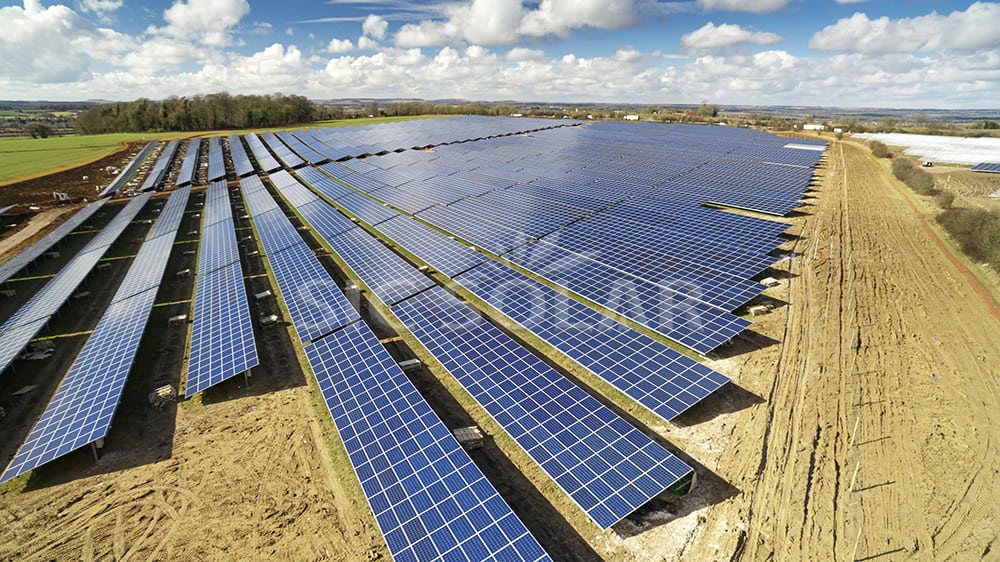Introduction:
Extreme weather events, such as snowstorms, pose significant challenges for photovoltaic (PV) systems. The weight of accumulated snow, strong winds, and freezing temperatures can impact the performance and structural integrity of PV mounting systems. In this blog post, we will explore the key considerations and strategies for ensuring the resilience of PV mounting systems in the face of blizzard conditions.
Robust Design and Materials:
To withstand the onslaught of a blizzard, PV mounting systems must be built with robust design principles and durable materials. Heavy-duty steel or aluminum structures, along with galvanized or corrosion-resistant coatings, provide the necessary strength and protection against weather-related wear and tear. Reinforced joints and connections also contribute to the overall structural integrity.
Snow Shedding Mechanisms:
The accumulation of snow on PV panels can significantly obstruct sunlight exposure, impacting energy production. Incorporating snow shedding mechanisms into the mounting systems can minimize this effect. Options include tilted mounting angles, anti-snow coatings, or active systems, such as heating elements or mechanical devices that enable the shedding of snow from the panels.
Engineering for Wind Loads:
High winds accompanying blizzards can exert substantial forces on PV mounting systems. Implementing proper engineering practices, such as accurate load calculations and wind tunnel testing, ensures that the system can withstand the design wind loads. Utilizing wind deflectors or aerodynamic designs can help reduce the impact of strong gusts on the structure.
Monitoring and Maintenance:
Regular monitoring of PV mounting systems during blizzards is crucial to identify any potential issues promptly. Remote monitoring systems can provide real-time data on system performance, snow accumulation, and structural integrity. Additionally, scheduled maintenance activities, such as snow removal and inspection, must be conducted after severe weather conditions to ensure the system remains in optimal condition.
Local Regulations and Code Compliance:
Adhering to local building codes and regulations is paramount in ensuring the safety and longevity of PV mounting systems. These guidelines often specify requirements related to wind and snow loads, structural design, and installation practices. Engaging with experienced professionals who are familiar with local regulations can help ensure compliance and system resilience.
Conclusion:
Blizzards present formidable challenges to PV mounting systems, but with careful planning, robust design, and attentive maintenance, these systems can withstand the harsh conditions and continue to generate clean and sustainable energy. By implementing proactive measures and adhering to industry best practices, we can harness the power of solar energy even in the face of extreme weather events, contributing to a greener and more resilient future.
